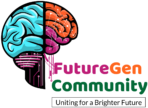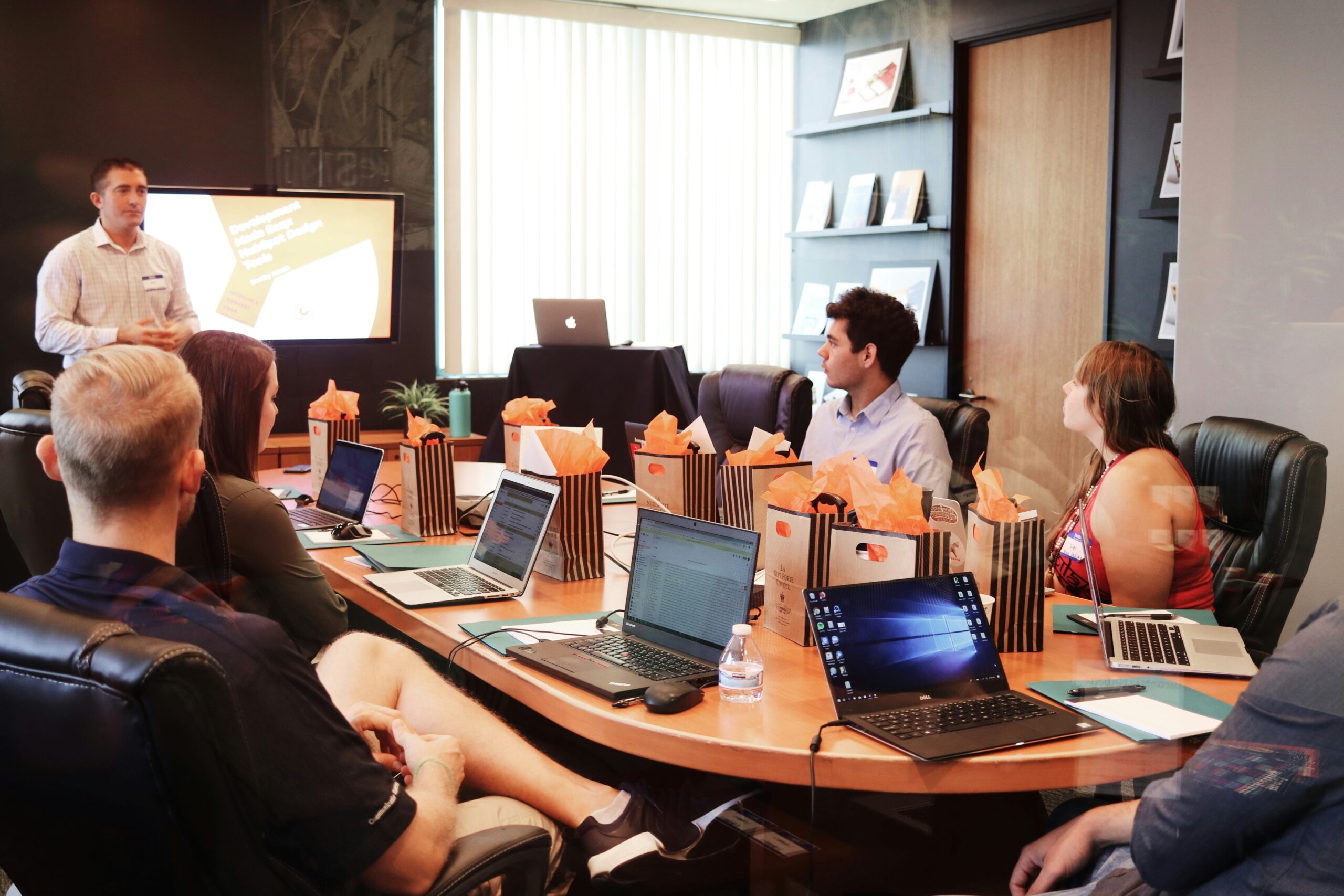The Importance of Lifelong Learning: How to Keep Growing
Introduction to Lifelong Learning Lifelong learning is the ongoing process of formal and informal education, transcending beyond the conventional periods of schooling into all stages of an individual’s life. This concept emphasizes the importance of continual educational, personal, and professional development. In an era marked by rapid technological advancements and ever-evolving industries, the necessity for lifelong learning has never been more apparent. This approach not only ensures that individuals remain competitive in the job market but also fosters personal fulfillment and adaptability. The landscape of education and professional requirements is undergoing significant transformations. The skills and knowledge that were relevant a few decades ago may no longer suffice in today’s complex and dynamic environment. Consequently, lifelong learning becomes a strategic imperative for professionals aiming to stay abreast of new methodologies, technologies, and industry trends. It equips individuals with the intellectual agility to navigate shifts in career landscapes and opens doors to new opportunities. Moreover, the benefits of lifelong learning extend beyond professional realms. It also contributes significantly to personal growth. Engaging in continuous learning activities enriches the mind, cultivates curiosity, and can be a source of personal satisfaction. Whether it’s learning a new language, picking up a musical instrument, or mastering new software, such pursuits help to keep the brain active and engaged, potentially staving off cognitive decline. Additionally, lifelong learning fosters a culture of curiosity and continuous improvement. It encourages individuals to seek new information and challenge existing perspectives, leading to a more innovative and informed community. By nurturing an attitude of constant growth, lifelong learning promotes resilience and a proactive approach to life’s challenges, ultimately contributing to a more fulfilling and dynamic personal and professional life. Adapting to Rapid Technological Changes In our rapidly evolving world, technological advancements have become a dominant force shaping the workforce and everyday life. As digital technologies continually transform industries, the need for continuous education becomes crucial. Keeping up with these changes is not just a matter of career progression, but of staying relevant and competitive in the job market. Numerous sectors have experienced seismic shifts due to technological developments. In the manufacturing industry, automation and robotics have redefined production processes, necessitating workers to acquire new skills in operating sophisticated machinery. Likewise, the healthcare sector has seen the integration of artificial intelligence and telemedicine, requiring medical professionals to continuously update their knowledge and competencies. The IT sector itself is a prime example of rapid technological evolution. With the rise of cybersecurity threats, cloud computing, and big data, professionals in this field must engage in ongoing learning to keep abreast of emerging trends and tools. The same is true for the financial industry, where fintech innovations such as blockchain technology and digital currencies are reshaping traditional banking and finance roles. Beyond specific industries, digital literacy has become an indispensable skill in modern life. From basic coding and data analysis to navigating sophisticated software applications, the ability to understand and utilize technology effectively is critical. Continuous education empowers individuals with the necessary skills to excel in their professional roles and adapt to the ever-changing digital landscape. Moreover, lifelong learning fosters a mindset of curiosity and resilience, equipping individuals to not only manage but thrive amidst technological disruptions. As the pace of technological change accelerates, those who commit to ongoing skill development will find themselves better prepared to seize new opportunities and drive innovation in their respective fields. Boosting Career Opportunities and Job Satisfaction Lifelong learning is a pivotal aspect of career development, often serving as a catalyst for both career advancement and personal fulfillment. Numerous studies have shown that individuals who commit to continuous learning tend to have more robust career prospects. For example, a report by the U.S. Bureau of Labor Statistics indicates that individuals with advanced degrees are more likely to be employed and earn higher wages compared to those with only a high school diploma or an associate’s degree. The direct correlation between additional qualifications and increased employability underscores the value of perpetual education in the modern workforce. Continuous learning also enhances career opportunities by enabling professionals to acquire new skills or transition into entirely new fields. In today’s rapidly evolving job market, staying current with technological advancements and industry trends is crucial. Many employers now look for candidates who not only possess relevant experience but also demonstrate a commitment to developing new competencies. This adaptability can significantly improve one’s chances of receiving promotions or securing desirable positions within different sectors. Moreover, lifelong learning directly contributes to job satisfaction. By engaging in ongoing education, individuals often experience personal growth, leading to greater workplace contentment. Learning new skills can make job tasks more engaging and less monotonous, thereby enhancing one’s overall job experience. A Harvard Business Review study found that employees who pursue personal development opportunities outside of work are more likely to report higher levels of job satisfaction and engagement. This suggests that the benefits of lifelong learning extend beyond financial gains and can fundamentally improve the quality of one’s professional life. In conclusion, the importance of lifelong learning in boosting career opportunities and job satisfaction cannot be overstated. Whether through formal education, online courses, or self-directed study, ongoing education is instrumental in achieving both professional and personal growth. Expanding Personal Horizons and Self-Improvement Lifelong learning is a cornerstone of personal growth, offering a multitude of benefits that extend beyond academic achievement. By dedicating oneself to continuous education, individuals can unlock new pathways to increased confidence, broadened perspectives, and overall personal enrichment. Each step in the journey of self-improvement can significantly contribute to a more well-rounded and knowledgeable individual. Embarking on this path often begins with small, manageable steps, such as picking up new hobbies or learning new languages. For example, learning a new language not only expands cognitive abilities but also enhances cultural understanding, allowing individuals to connect with diverse communities worldwide. This cultural enrichment fosters a more inclusive worldview and equips individuals with valuable communication skills that are highly regarded in both personal and professional realms. Travel experiences also









